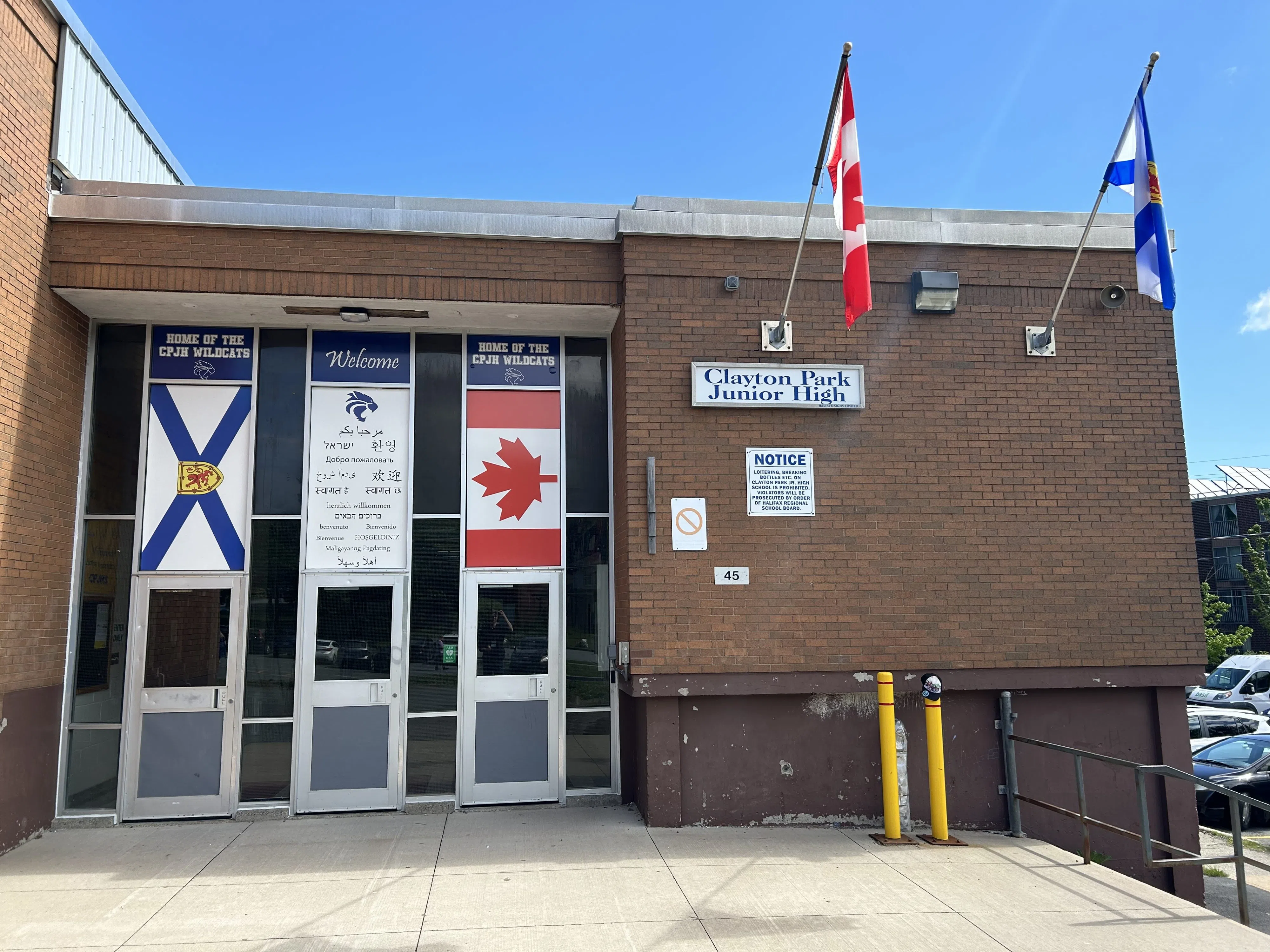The Nova Scotia government is not choosing locations for new schools based on where they are needed most, according to a report from the province’s auditor general.
Kim Adair says there is no formal decision-making process for building new schools, and the province did not have any evidence to justify why they
“Because of the lack of evidence, the lack of process, the lack of consideration of all these factors that I just indicated, there’s room for subjectivity in the decision-making process and/or political influence,” says Adair.
Adair says these are multi-million-dollar projects, and the plans need to be based on evidence, which should be transparent to the auditor’s office and taxpayers.
Planning process did not anticipate population boom
She says the problem started with the school capital planning process. The Education Department created its first one in 2019, which outlined school planning for the next several years.
But in 2019, no one anticipated the coming boom in population, so the capital planning process only covered replacement schools and major renovations.
Since 2015, student enrolment has gone up 13 per cent across the province. In Halifax, the increase was even larger at 24 per cent. That’s a jump from 48,000 students in 2015-16 to 59,500 students in 2024-25.
To keep up with the population growth, the province announced they would build new schools, and in the last four years, they have spent $162 million on modular and portable classrooms to fit about 6,000 unexpected students, Adair says.
‘There was no evidence’
Although it’s clear the population is growing, there are several instances outlined in the report where the province could not explain why they made some choices.
“They could not support the decisions. There was no evidence,” says Adair.
However, she says the province did have enrolment projections, which they used to make some decisions, and the projections “appear to be reasonable, based on appropriate information, and are up to date.”
For example, in June of 2023, the province identified four out of seven proposed HRM development areas for new schools. The evidence they used to make that decision was the amount of housing coming to the area, but they did not evaluate the number of students that would join based on those developments. They also did not compare the capacity of existing schools in the area to see if a new school was clearly needed, says Adair.
For a full list of Adair’s examples, you can read her report here.
Not prioritizing highest need
There are 372 schools in the province, and 10 of those are in critical condition. Adair would not say exactly which schools, but they are all in the HRCE area.
That means the schools are safe, but the designation helps describe the overall condition for future planning. Adair says physical condition of a school is only one factor in the decision-making process for bringing a new school to the area, replacing the school, or improving it.
The province approved six new schools in the Halifax area outside of the preferred order of HRCE, but eventually HRCE got all the school announcements they were looking for, according to Adair. Four were announced in the fall, while the final two were announced early this year.
HRCE filed a thorough business case for one of the new schools they wanted in Timberlea, but Adair’s team found no evidence to explain why there was only a business case proposed for that location.
Opposition says more transparency needed
Paul Wozney, NDP MLA and former teacher, says it’s clear the province is deciding where schools should go without evidence.
He says population growth is not just a Halifax issue, either, so there will be competition across the province for a limited amount of funding and a limited number of new schools.
“People deserve to know that decisions are made on a sound basis in the public interest that’s going to deliver long term benefits to the communities that rely on schools,” says Wozney.










